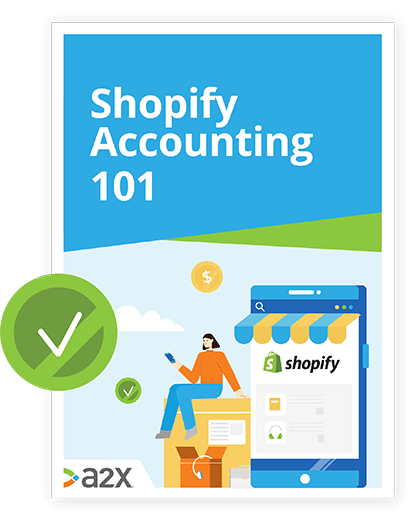
How to Offer Free Shipping on Shopify to Boost Sales
Boost your sales with a free shipping incentive
Free shipping is well proven to be one of the most enticing offers that online stores can give their customers. When used effectively, it can increase the total amount a person is willing to spend at your store.
But sometimes e-commerce sellers are hesitant to offer free shipping because they fear they’ll lose out – free shipping isn’t exactly ‘free’ after all, someone still has to pay for it.
It pays to think of free shipping as a marketing strategy rather than just a cost to your business – and here’s why. The idea of free shipping plays on the psychology associated with buyer behaviour. It encourages your customers to make purchasing decisions using emotion, rather than logic.
For example, take a customer with a shopping cart worth $92. When $8 shipping is added, the total payable price is $100. Say you offer free shipping to customers who buy $100 worth of product. In this situation, the customer doesn’t qualify. But, if that same customer added another item to the cart worth $8, that would qualify.
So, the question remains – why pay $8 for shipping, when you could add another item of the same value, and get shipping free?
Free shipping isn’t for everyone, but it’s worth trying if it’s viable. Let’s take a look at how you can adjust your purchase price to account for the cost of free shipping, and how you can market the offer to attract more sales and increase conversion rates.
Decide how you want to offer free shipping
Before you go setting up free shipping on your store, there are a few things you need to do first to make sure you’re still making a profit.
First, you need to decide whether you want to offer free shipping as a permanent perk or only use it for promotional purposes. To help you make this decision, refer to your business goals – do you want to drive sales, increase repeat purchases or maybe build retention and brand loyalty?
Secondly, will you offer free shipping with any order or will you implement a minimum purchase order? You might also want to only offer free shipping with the purchase of certain items to drive sales on them.
Whatever you decide, you’ll need to keep a close eye on how your conversion rate is tracking.
Do a little math to understand the cost
Like we said, free shipping isn’t exactly free. The customer won’t pay anything, but your business will somehow need to absorb the cost. One of the easiest ways to do this without affecting your margins is to include the shipping cost in your product price.
Bundle your cost of goods and shipping together into one retail price. Check the price is still competitive in the market by comparing it with your competitors’. Make sure you’ve accounted for all your business expenses – paying your taxes, cost of advertising – including free shipping, and after all that, check your business can continue making money.
Using free shipping as a promotional tool
Now that free shipping has been set up for your store, you’ll need to start promoting the offer, so your customers know about it. You can do this several different ways.
You could add a banner to the top of your website or include it as a shopping cart message. Knowing how much more they need to spend to qualify for free shipping might motivate customers to add more to their cart.
With apps to automate your store, like email and marketing management software Privy, you can use pop-up boxes to tell new customers visiting your store about your free shipping offer, and use exit intent pop-ups to remind them again if they go to exit without making a purchase. It could be what sways them to place an order.
Having good accounting data will help
For some Shopify sellers, free shipping works great as a limited-time marketing offer. For others, it can become an integral part of their brand. It’s about finding the right balance between price and conversion – so both you and your customers can benefit. In both instances, it’s important to have reliable accounting data to determine whether free shipping is a worthwhile strategy for your business.
That’s where A2X for Shopify comes in – it makes sure that all the right data is being imported into your accounting system without overloading it, and automates reconciliation. Syncing your Shopify data with your accounting system will ensure you have the accurate financial data you need.
Learn how to manage your Shopify accounting the right way
If you want to scale up your Shopify business, you need reliable accounting. Discover the best tools, key tax information and how to ensure that your Shopify accounting is set up for success.
Download our free guide


